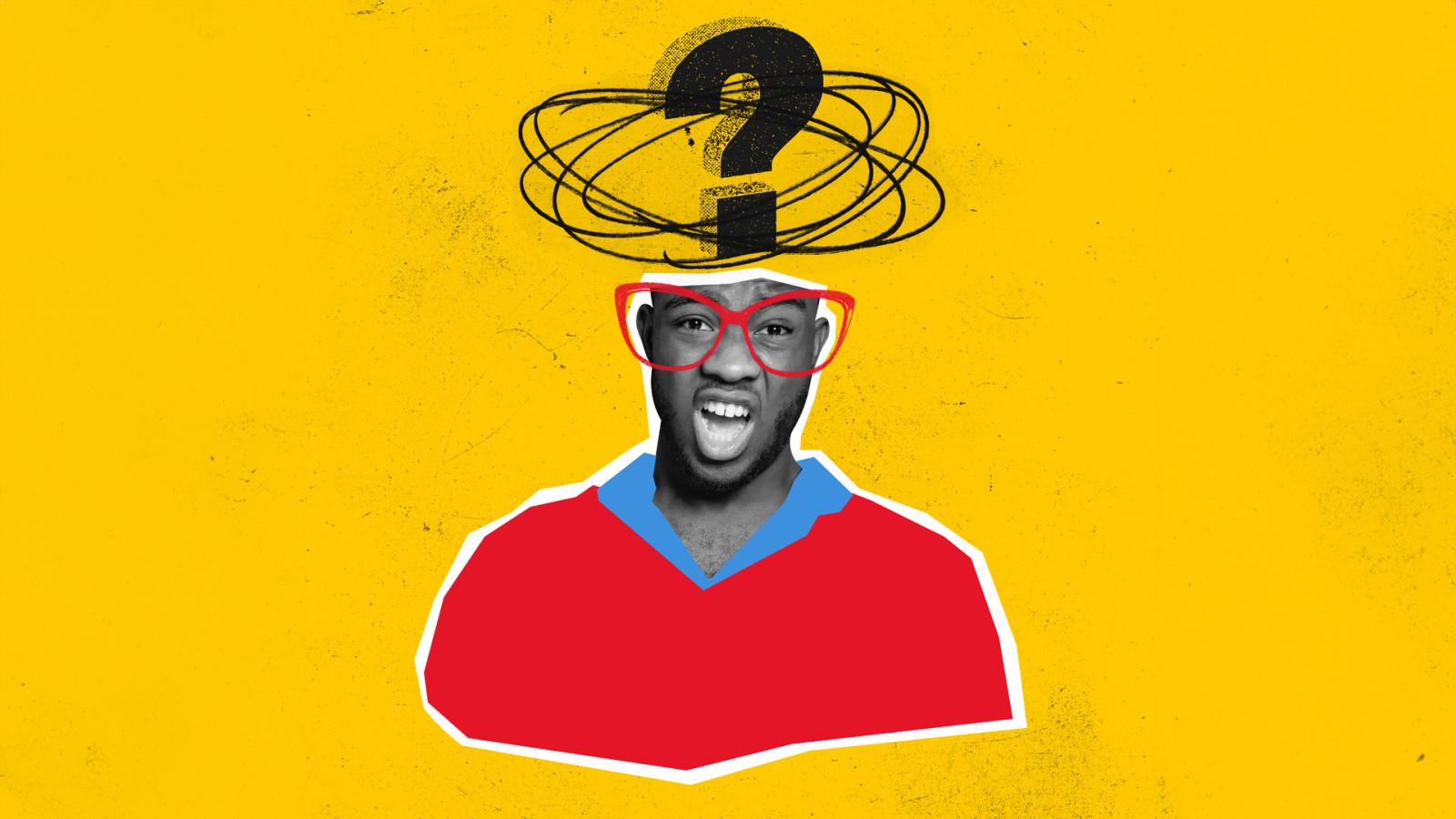
Google is going through a transition period. Following the launch of ChatGPT in November 2022, the company’s management issued a “code red” and told some its teams to switch their focus to artificial intelligence (AI).
Despite a lukewarm reception, Bard, Google’s direct competitor to ChatGPT, for example, has some interesting features and we’ve already been using it for research. Unlike ChatGPT, the free tool is connected to the internet.
But Google’s AI efforts extend much further than that and some offer real potential for corporate content creation. From tools that can generate music from just a text prompt to an AI-powered take on the ‘universal translator’ from Star Trek, the company is embodying its CEO Sundar Pichai’s assertion earlier this year that AI will impact “every product across every company”.
Through its Lab Sessions initiative, Google is “collaborating with visionaries – from artists to academics, scientists to students, creators to entrepreneurs” to shape the development of its myriad emerging tools and technologies. These are always worth keeping an eye on for a glimpse into the future, but it’s the company’s latest experiment, TextFX, which has really caught our eye here at Wardour.
TextFX is a collaboration with the Grammy-winning rapper Lupe Fiasco, who you might remember from his 2007 hit ‘Superstar’. Fiasco is known for his complex lyrics, which often deconstruct and play with language in unexpected ways. Google sought to harness the power of its large language model (LLM) PaLM – its own version of the technology that drives ChatGPT – to explore how AI might be used to help “rappers, writers and wordsmiths” to boost their creativity.
The result is a suite of ten free-to-use tools, each designed to “expand the writing process by generating creative possibilities within text and language”. Our early analysis suggests that it has real possibilities in supporting the creative process at the early stages of projects. We predict this tool, or one very like it, will soon be a regular fixture at early brainstorm meetings where marketing campaigns are being planned. What should the campaign strapline be? Why not get a few ideas from TextFX.”
The site has a beautiful interface, with each tool given its own unique colour and icon, along with a short video, and you can pin your favourite outputs and see them together. There’s also an option to “look under the hood”, revealing more technical information about how each tool in the suite works, which feels unusual in the world of AI tools often described as “black boxes”.
Some of these tools have functions that will already be familiar to writers, like the simile and acronym generator tools. Others, like the ‘explode’ tool, are more novel. This one breaks down words into homophonous phrases, which sound the same but have a different.
Take the word ‘expressway’ as an example. Taken at face value, you’re talking about “a wide road for fast-moving traffic” (according to the Cambridge Dictionary). But ‘ex’ can mean ‘former’ (or, more recently, might refer to the social network formerly known as Twitter); ‘press’ might refer to the verb, the football tactic, or the media; while ‘way’, said aloud, might be ‘way’, ‘weigh’ or even ‘whey’. There’s a lot of potential meaning buried in those three syllables.
The ‘unexpect’ tool aims to “make a scene more unexpected and imaginative” and its possibilities for marketing campaigns are clear. Input “writing a novel”, for example, and it suggests writing on a roll of toilet paper with a crayon, or using emojis instead of words. The ‘scene’ tool, on the other hand, is for “generating sensor details”: input “eating lunch”, and the tool offers “the sound of seagulls squawking overhead”. The tools even include a “temperature” slider, which lets you adjust the randomness of the outputs on a scale of 0 to 1.
The idea, Google says, is to explore “the potential of AI to augment human creativity”, and we can certainly see how TextFX might come in handy to spark ideas. It’s also a great example of how good UX design can make a complex piece of technology more accessible. The tool’s lexical focus means hallucination is probably less of a concern than it is for question and answer tools like ChatGPT (and might even make it more useful), but other pitfalls associated with LLM tools still apply, like the copyright status of the data used to train them.
One thing is for sure: LLM technology is being embedded in so many pieces of software at the moment that engaging with it and figuring out its strengths (and weaknesses) is only becoming more important.
Stay ahead of the curve
Sign up to our emails

